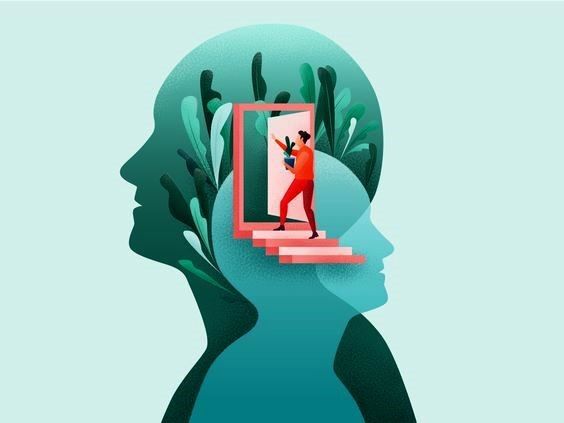Welfare State – Meaning & Functions
Meaning of Welfare State
A “welfare state” is a form of government in which the state plays a Crucial role in the protection and promotion of the economic and social well-being of its citizens. It is based on the principles of equality of opportunity, equitable distribution of wealth, and public responsibility for those unable to avail themselves of the minimal provisions for a good life. The concept of the welfare state encompasses a variety of social services and benefits provided by the government.
Definition
A welfare state is a government system in which the state plays an active and crucial role in ensuring the economic and social well-being of its citizens. This concept is grounded in the belief that the government should provide certain services and benefits to all individuals, regardless of their ability to pay, to ensure a basic standard of living and promote social equity.
Core Principles
- Equality of Opportunity: Ensuring that all citizens have the same opportunities to succeed, particularly in education and employment.
- Equitable Distribution of Wealth: Reducing economic disparities by redistributing income through taxes and welfare programs.
- Public Responsibility: Recognizing that the state has a duty to support those who cannot support themselves due to various reasons such as unemployment, illness, or old age.
Functions of a Welfare State

Some Functions of a Welfare State Mention Below, That are :
- Social Security: Providing financial assistance to individuals and families through mechanisms such as unemployment benefits, pensions, disability insurance, and other forms of social insurance.
- Healthcare: Ensuring access to medical services for all citizens. This includes public healthcare systems, subsidized medical treatments, and health insurance programs.
- Education: Offering free or subsidized education to all, from primary to tertiary levels. This aims to ensure equal opportunities for learning and personal development.
- Housing: Providing affordable housing options and preventing homelessness through public housing projects, rent controls, and housing benefits.
- Employment: Implementing policies that promote full employment and protect workers’ rights. This includes job training programs, minimum wage laws, and labor market regulations.
- Welfare Services: Offering support services such as childcare, elderly care, and support for people with disabilities to help them lead fulfilling lives.
- Economic Stability: Implementing economic policies to ensure stability and growth, reduce poverty, and minimize the effects of economic cycles on citizens.
- Redistribution of Income: Using progressive taxation and welfare programs to reduce income inequality and ensure a more equitable distribution of wealth.
- Public Utilities: Providing essential services such as water, electricity, and public transportation either directly or through regulation to ensure affordability and access.
Conclusion
The welfare state aims to create a more inclusive society by ensuring that all citizens have access to basic needs and opportunities for personal development. By intervening in various aspects of social and economic life, the welfare state seeks to reduce inequality and provide a safety net for its population.




Leave a Reply